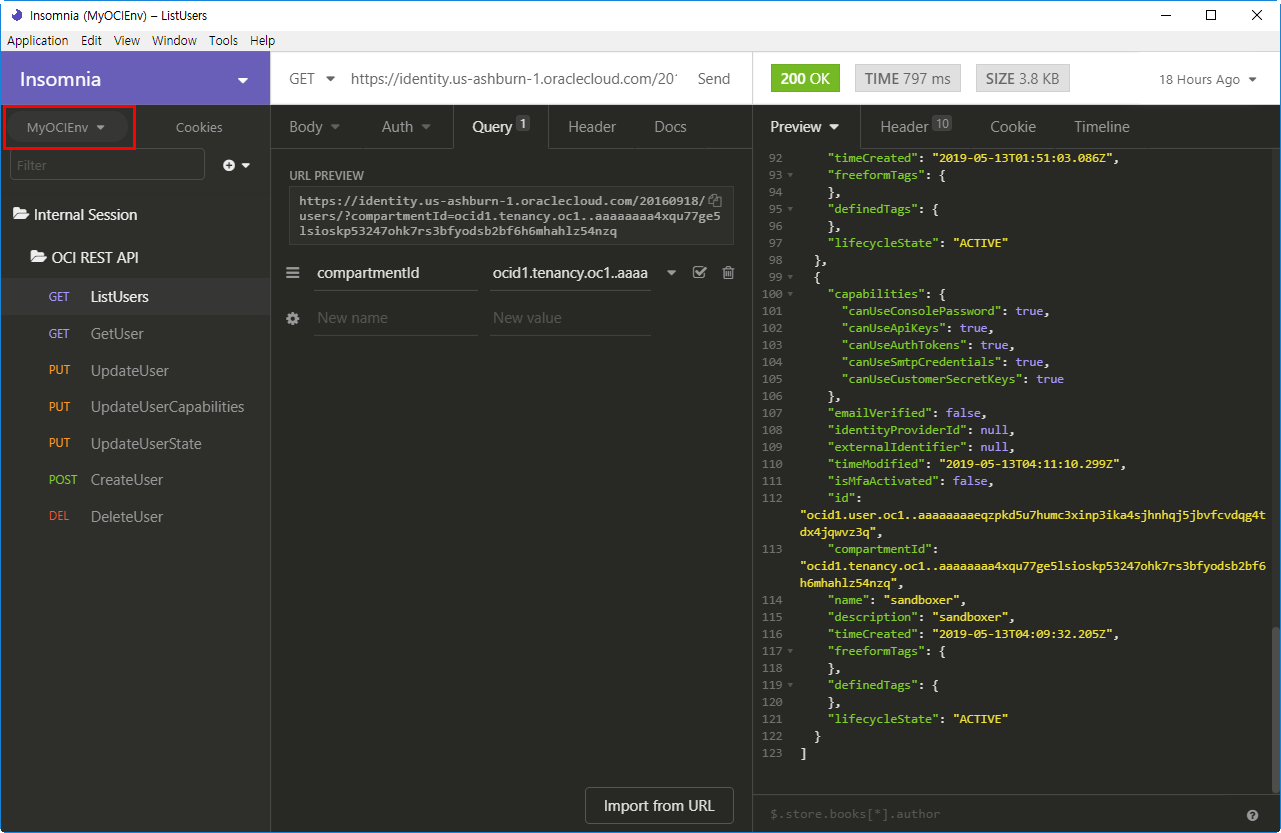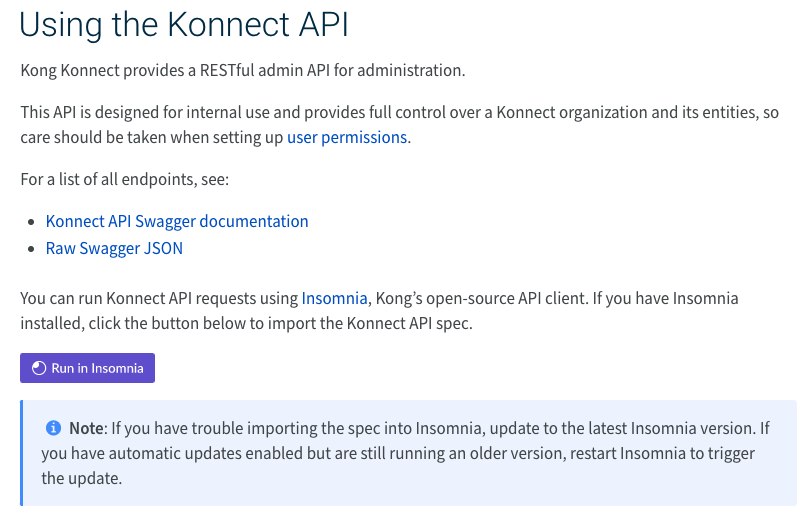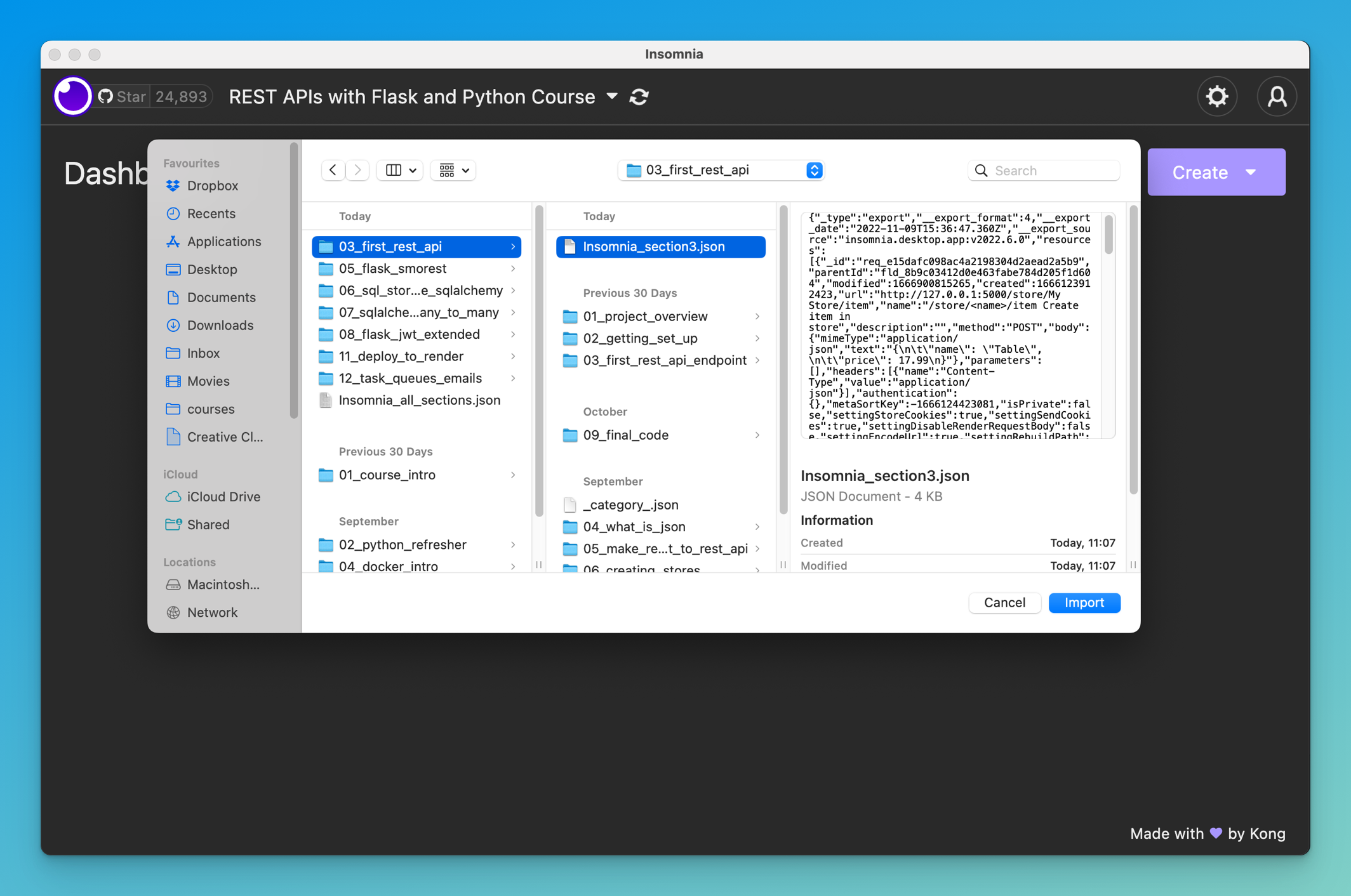
- Insomnia api documentation how to#
- Insomnia api documentation install#
- Insomnia api documentation software#
- Insomnia api documentation code#
Insomnia api documentation software#
Today, we’re thrilled to announce the release of a major expansion to the Insomnia family of open source developer tools - Insomnia Designer! Providing a collaborative environment for editing GraphQL and REST APIs, Insomnia Designer allows developer teams to more easily embrace spec-first approaches to software design. Although the GraphQL type-checking feature helps to prevent this error, Insomnia also underlines errors in our queries with red squiggles.Read the latest version: Announcing Insomnia 2021.1 Archived post below. Errors like this can be caused by a syntax error in the query or a problem with the app. The 400 Bad Request is one of the most common errors and occurs when the server cannot parse the request. However, you can get a complete list of these error codes here.
Insomnia api documentation how to#
In this article, we will learn how to debug the following errors: 400 Bad Requests, 401 Unauthorized, 403 Forbidden, and 404 Not Found.

Insomnia api documentation code#
So, although Graphql will return 200 in most cases and 500 for Internal Server Error, API clients like Insomnia still return HTTP code to specify errors even if you are working with a GraphQL API. We will differentiate these errors using REST API code. In this article, we will learn how to debug different API errors. To work with this in Insomnia, select GraphQL request and enter the following URL: localhost:4500/graphql. Now, the dev-server is running at localhost:4500. If everything is successful, you will see the following: Now, start the server by running: npm start
Insomnia api documentation install#
Then, from the project directory, install dependencies: // install dependencies To do this, follow the steps below.įirst, clone the project with the following code: // clone project But first, we need to set up the application. We aim to learn how to debug GraphQL APIs using this application. However, the login query is not protected. The user and users fields are protected and require admin-level permission to access them. js application that resolves our GraphQL query and returns the following data: export default You can clone the GraphQL project for this article from this GitHub l ink. To debug GraphQL APIs, we need a GraphQL project. In the article below, we will work extensively with this tab, so let’s start debugging GraphQL APIs with Insomnia. Insomnia features a debugging tab, which is the second of the three top-level tabs in Documents, as seen in the image below: Back-tracing techniques: Stepping back from the error and stepping toward what is working.Brute force techniques: Logging everything, tweaking everything, and trying everything.It involves identifying the root cause of a problem and fixing it. What is debugging?ĭebugging is one of the most important skills set a developer can acquire. Although Insomnia supports other APIs in this article, we’ll learn how to debug GraphQL APIs using Insomnia. In this article, you will select the GraphQL Request to work with GraphQL. And to work with a specific API, select the appropriate request type as seen below: You can build, design, and test different APIs from a single API client. And while GraphQL API clients - like Playground and GraphiQL - are to GraphQL, what Postman is to REST, Insomnia provides a better alternative by supporting RESTful, GraphQL, and gRPCs APIs. So, because Insomnia supports REST and GraphQL APIs, you can think of it as a sandwich between Postman and GraphiQL. Additionally, Insomnia features a developer-friendly and easy-to-use GUI, developer collaboration, test automation, and an extensible plugin ecosystem. Thus, making this API client a favorite of many developers. It supports HTTP, GraphQL, gRPC, and WebSocket requests.

Insomnia is an API client for designing, debugging, and testing APIs.

GraphQL is innovative, and it offers some interesting advantages: You will also need the latest version of Insomnia and Node.js. To follow along with this article, you will need a basic knowledge of GraphQL and with working with APIs and API clients such as Postman, GraphiQL, or Insomnia. In this article, we’ll learn how to debug GraphQL APIs using Insomnia. And in this article, we are interested in the latter. While GraphQL provides official clients for working with GraphQL: Playground and Graphiql, some notable third-party alternatives such as Altair and Insomnia exist. GraphQL provides a complete and understandable description of the data in your API, gives clients the power to ask for exactly what they need and nothing more, makes it easier to evolve APIs over time, and enables powerful dev tools. Debugging GraphQL APIs with InsomniaĪccording to the official documentation, GraphQL is a query language for APIs and a runtime for fulfilling those queries with your existing data.

Lawrence Eagles Follow Senior full-stack developer, writer, and instructor.


 0 kommentar(er)
0 kommentar(er)
